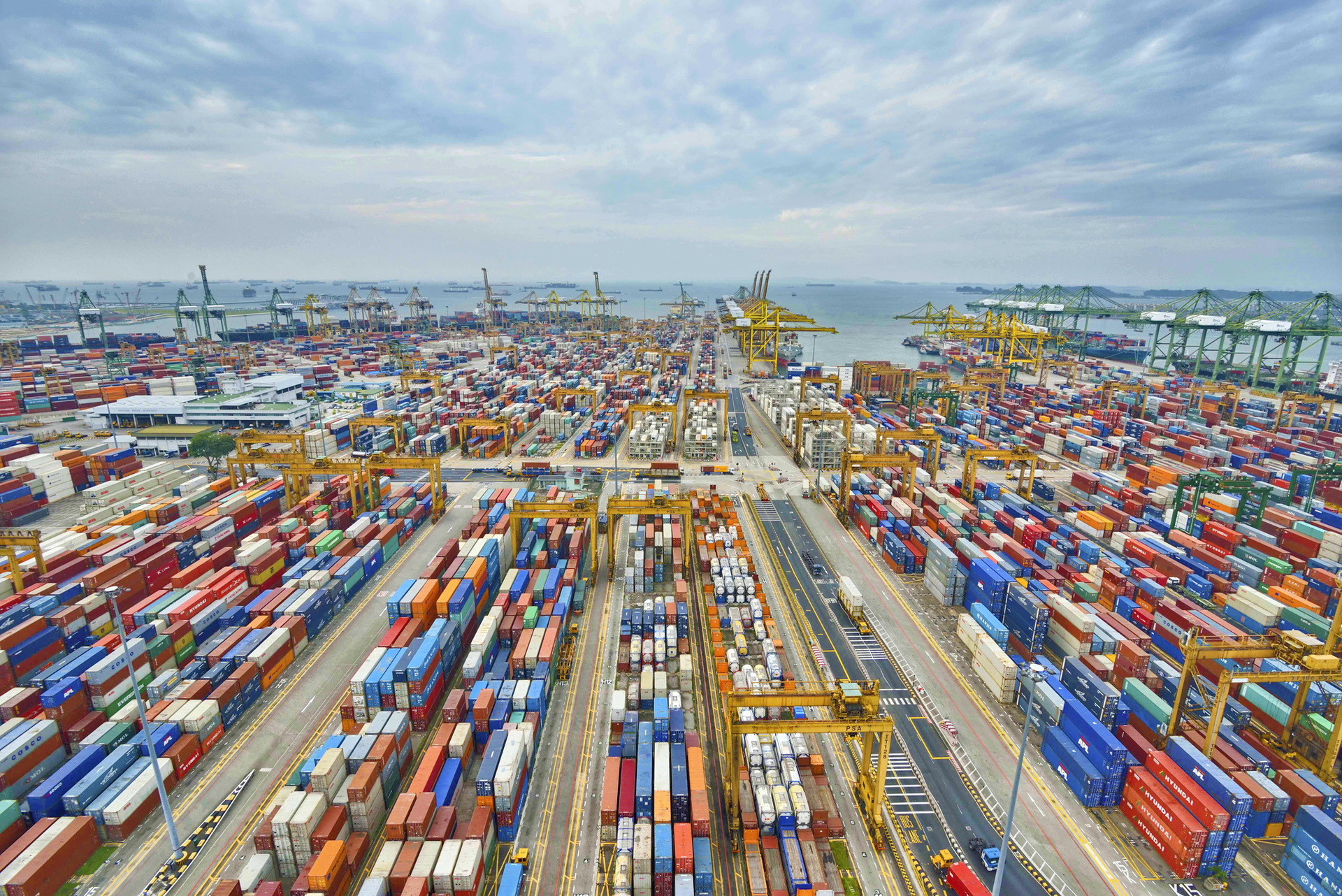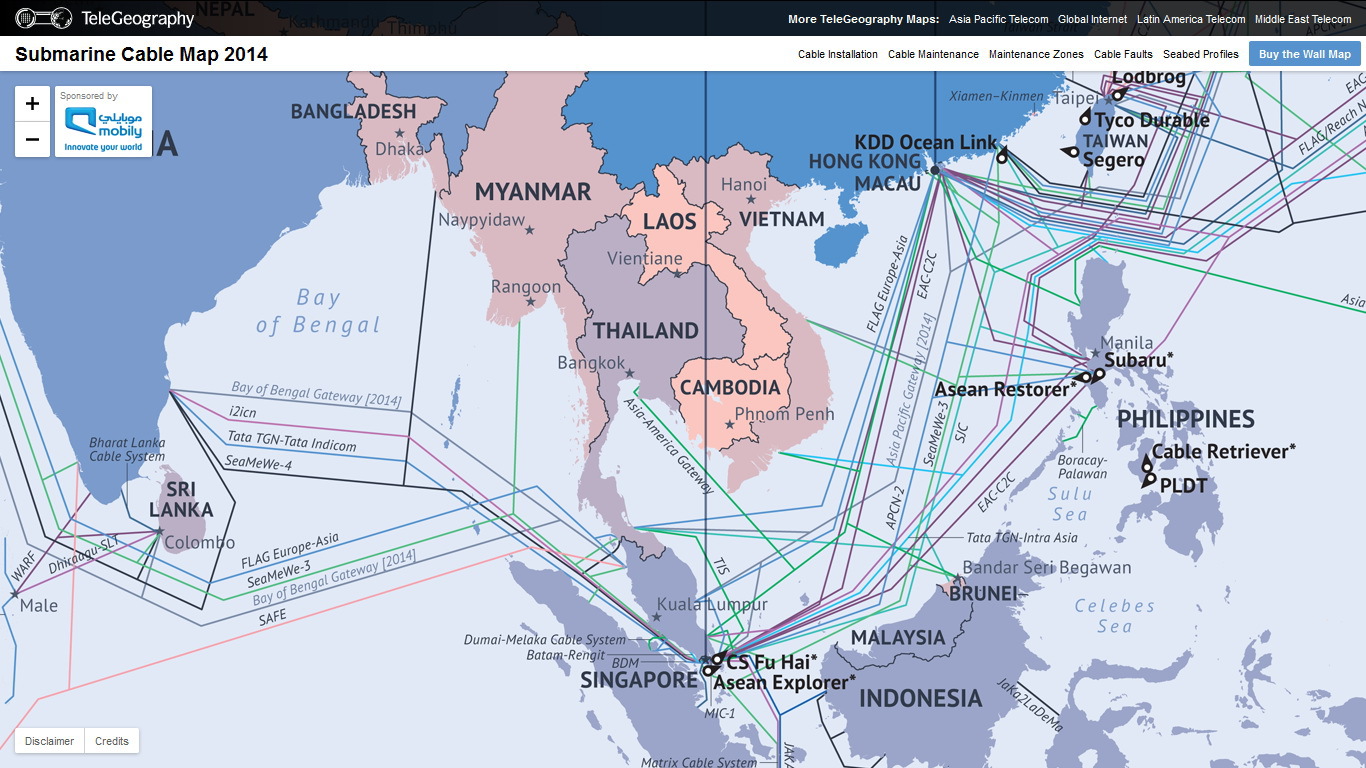"Port of Singapore"

Singapore, an amazing city in its beauty and originality, impressively located on 58 islands in the very heart of Southeast Asia, now occupies a leading position in the world in many respects: GDP per capita, ease of doing business, low corruption, personal security of citizens , transit of goods and passenger flows, economic activity, production of high-tech products. The state has achieved its economic well-being largely due to its developed transit infrastructure. Singapore is now known primarily as a port - a transshipment base for goods and passengers from around the world. In turn, the unstoppable growth of the IT sector, which in recent decades has so excited the habitual way of life of mankind, also did not pass this truly fabulous island, which will be discussed later. What is Singapore now for the global telecommunications infrastructure and what does this high-tech region strive for in the future? Will it be able in the future to become one of the largest “ports” for processing and further transit of the most valuable cargo of the new century - information?
Big data hub
Singapore is already a key link in the existing IT infrastructure in the Asian region. This was the result of the same very convenient geographical location, as well as the booming economy in the country, which for its further development required an increasingly improved infrastructure.
At the moment, 16 large data centers are located on the territory of the city-state, which occupies less than a third of Moscow, a further two are due to be commissioned in 2015. This picture is absolutely not accidental, because large network highways to Europe, Asia, America and Australia pass through tiny Singapore. From a local IT hub, Singapore has now become a bridge between whole parts of the world.

As of 2014, out of 54 existing underwater data lines of the entire vast region, 16 have been laid through Singapore (ASE, AAG, EAC-C2C, JAKABARE, MCS, MIC-1, TTGN-Intra Asia, TTGN-Tata Indicom, TIS, APCN -2, PGASCOM, Australia-Singapore, SeaMeWe-3, SeaMeWe-4, SJC, i2icn)
Energy Efficiency to the Masses
As you know, the key to the successful functioning of the IT infrastructure is energy efficiency. This issue was especially acute in an island state with a humid, hot tropical climate, where circumstances force us to seek non-standard solutions in the operation of such complex complexes as data centers.
At a recent symposium, the main purpose and task of which was to compile a local roadmap of effective energy technologies, the government announced its intention to allocate about $ 80 million for research in energy efficiency in the construction of structures. Within the framework of this program, it is planned to pay special attention to the construction of data centers. In his report, Director of the National Energy Research Foundation, Joh Len Weng, said: “58% of the capacities of all Southeast Asian data centers are currently located in Singapore, and these are energy-intensive facilities that consume about 7% of the country's electricity. The main forces of the project will be directed to research that can tell how to reduce the consumption of energy resources by our data centers in conditions unsuitable for their atmospheric cooling. ”

It should be noted that the first Google data center in Southeast Asia, erected a little over a year ago. This object is unique not only for its functionality, but also for its colorful design.
What components of energy efficiency should be present in a modern data center? I tried to answer this question Kenny Seng, one of the speakers of the symposium, head of the department of architectural solutions in IT of Intel Corporation.
“There are many solutions that can be applied in a given country. This, of course, is the construction of an information storage system based on cloud services, as well as the further development of virtualization technologies. If we consider the network infrastructure, then the transition to high-bandwidth channels, up to the widespread transition to fiber, is appropriate. A massive transition to solid-state drives will also become an obvious requirement of an “economical” data center: less energy consumption by the drive will result in less heat during operation, which, in turn, will reduce the cost of cooling server rooms. While SSDs are clearly more expensive than existing alternative solutions in classic data centers, they are a key link in the architecture of cloud services. ”

Also, in terms of topics, Seng mentioned: “Among other things, I believe that equipment update cycles in data centers should be reviewed. At the current pace and level of technology development, a full update should occur every three to four years. This is a reasonable solution that would be worth implementing in a modern data center. Otherwise, you run the risk of getting backward, inefficient equipment at some point that clearly will not meet the needs of the modern world. ”
Spy passions
It would seem that here it is - the land of wide telecommunication highways, total energy efficiency, a paradise archipelago in the tropics, which every data center dreams of getting into. Revelations of Edward Snowden, a former employee of the all-powerful NSA, whose revelations created so much noise, became a thunder from a clear sky. The reputation of the aforementioned island state was also affected, which raised a number of questions for the country's leadership, which are still difficult to find answers to. As it became known from previously classified information provided to the general public, the leadership of Singapore, through which the main fiber-optic communication channels in the region pass, for decades has authorized the collection and transmission of information in the volume of interest by special services of several countries.

Thus, it became apparent from the published correspondence that the key to Asian information flows was in the hands of the countries of the so-called Five Eye organization (USA, Great Britain, Australia, Canada, New Zealand). The very fact of cooperation between the country's leadership and foreign intelligence services, perhaps, would not have become so egregious if it had not been revealed its long-term nature, its wide scope and the audacity with which the information interception system was established. The materials released by Snowden inflicted an irreparable blow on the reputation of “safe haven”, a safe platform for building up new data processing and storage capacities. Most likely, the leadership of the country will be able to regain the lost confidence of the IT market players and in what role Port Singapore will appear before us in the next decade.
Everyone determines the degree of interest in the Asian market for data hosting and processing services for himself. For our company, this market in general, and Singapore in particular, seems very interesting and promising, despite some unpleasant nuances. We plan to closely monitor it and cover it in subsequent publications. If you are also not indifferent to this topic, subscribe to our blog and stay with us.
